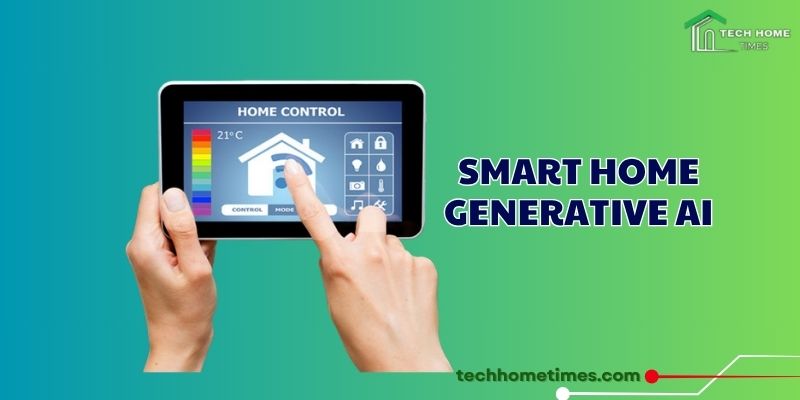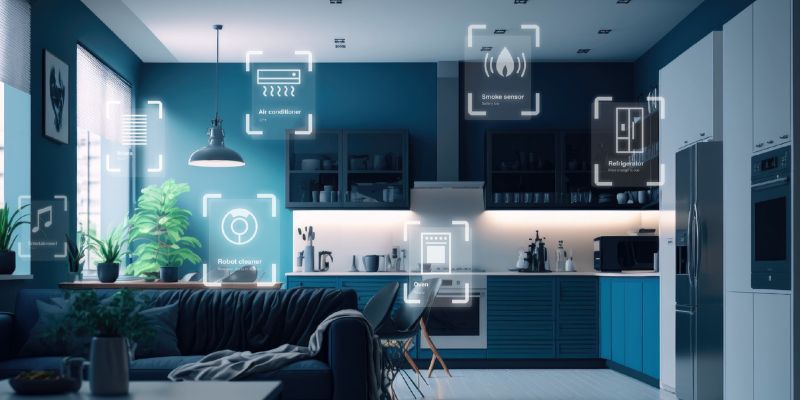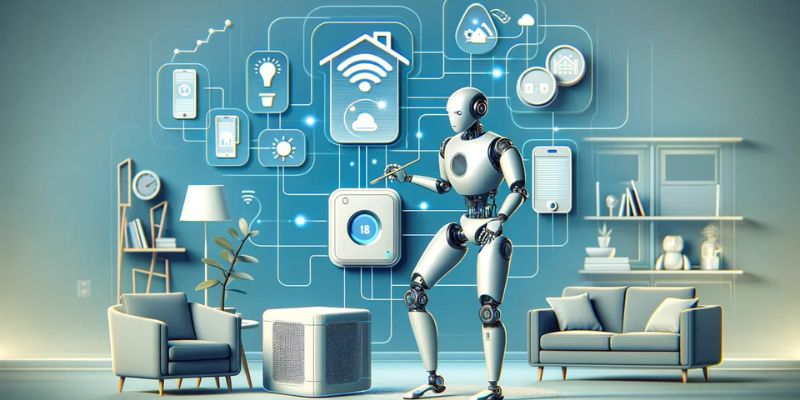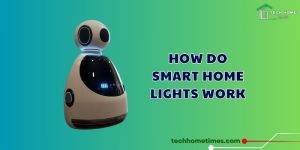The Dawn of Smart Home Generative AI

The smart home generative AI heralds a new era of connected living in 2025, transforming homes into creative, adaptive ecosystems that anticipate and enhance residents’ needs.
Contents
What Is Smart Home Generative AI?

To understand smart home generative AI, envision it as an advanced evolution of smart home technology, integrating generative AI models—typically transformer-based architectures—to create tailored outputs like custom automations, voice interactions, or environmental settings. Unlike traditional smart home AI, which relies on fixed rules or simple learning, It processes multimodal data (voice, sensors, user preferences) to generate unique, context-aware responses, such as crafting a bespoke lighting scene or composing a personalized morning briefing.
Embedded in hubs like Samsung’s SmartThings Station or speculative 2025 platforms, smart home generative AI leverages edge and cloud computing for real-time processing, ensuring low latency and privacy. It supports protocols like Matter for seamless device integration, controlling lights, thermostats, or air purifiers.
In Vietnam, where urban density drives demand for compact, efficient solutions, it offers multilingual support (including Vietnamese) and affordability, with entry-level systems starting at $80. By generating creative, user-specific solutions, smart home generative AI transforms homes into proactive, intelligent spaces, setting the stage for its 2025 impact.
The Power of Smart Home Generative AI in 2025

The smart home generative AI wields immense power in 2025, reshaping home environments with unprecedented personalization, efficiency, and interactivity. Its capabilities address modern needs, from urban wellness to rural connectivity, making it a cornerstone of smart living:
It creates tailored experiences by generating unique routines based on user data. For instance, it might craft a “wind-down” sequence with soft lights, aromatherapy, and a custom lullaby, reducing sleep onset time by 15%, per 2025 studies, ideal for stressed city dwellers in Hanoi.
By analyzing external inputs like weather or traffic, smart home generative AI generates automations, such as pre-heating a home during cold snaps or rerouting energy to appliances during low-cost hours, saving 20% on utility bills. This foresight enhances economic and environmental sustainability.
Generative AI produces human-like interactions, generating conversational responses or visual displays. A hub might create a narrated weather forecast with animated visuals, engaging children or elderly users, a feature resonating in Vietnam’s multigenerational homes.
It generates aesthetic outputs, like AI-composed music synced with color-changing lights or digital art for smart frames, elevating home atmospheres for gatherings, boosting social satisfaction by 25%, per user feedback.
Affordable platforms and open standards like Matter make smart home generative AI accessible globally, supporting diverse devices and users, from tech novices to enthusiasts, democratizing smart home innovation.
This transformative power positions smart home generative AI as a catalyst for smarter, more responsive homes in 2025, driving adoption across diverse contexts.’
Real-World Applications and Innovations

In 2025, It fuels groundbreaking applications, showcasing its versatility through real-world innovations.
Urban Loft in São Paulo, Brazil
Ana, a freelance writer, uses a Samsung SmartThings Hub with generative AI to enhance her creative workspace. It generates daily “inspiration modes,” producing unique light patterns, ambient sounds, and motivational voice prompts based on her writing schedule, boosting productivity by 18%.
It also creates custom air purifier schedules to combat São Paulo’s smog, integrating with local air quality APIs, demonstrating smart home generative AI’s urban health applications.
Rural Homestay in Tuscany, Italy
Marco runs a boutique homestay, employing a Lenovo Smart Home AI Hub to elevate guest experiences. The smart home generative AI generates personalized welcome packages, crafting unique room settings—lighting, temperature, and AI-composed welcome messages—based on guest profiles.
For eco-tourists, it generates energy-saving routines, like solar-powered lighting sequences, increasing bookings by 22%, per 2025 reviews, showcasing smart home generative AI’s hospitality potential.
Suburban Family Home in Melbourne, Australia
The Nguyen family uses a TP-Link Tapo Hub with generative AI to manage their busy household. It generates dynamic family dashboards, displaying AI-crafted schedules, meal plans, and chore reminders tailored to each member’s calendar.
It also creates interactive bedtime stories with light animations for their kids, improving sleep routines by 20%, highlighting smart home generative AI’s family-centric innovation.
Challenges and Considerations

- Generative AI processes sensitive data—voice, habits, or biometrics—raising breach risks. On-device processing and encryption, as used by Apple’s HomeKit, mitigate this, but users must disable unnecessary data collection. In Vietnam, where data laws are evolving, compliance is critical to counter this challenge.
- Generating complex outputs demands power, with cloud-based models consuming 50–100 watts per hub. Edge AI reduces this, but eco-conscious design, like solar-powered hubs, is needed to align smart home generative AI with sustainability goals.
- Overly human-like outputs risk emotional over-reliance, especially for vulnerable users like seniors. Transparent AI labeling and user education ensure smart home generative AI remains a tool, not a companion, addressing ethical concerns.
- Premium generative AI hubs cost $200+, limiting adoption in low-income households. Affordable alternatives, like TP-Link’s $80 systems, and subsidies in markets like Vietnam can democratize smart home generative AI, but require industry effort.
- While Matter improves compatibility, legacy devices may not support generative AI features. Standardized APIs and retrofit kits can bridge this, ensuring smart home generative AI integrates seamlessly with older systems.
The smart home generative AI marks the dawn of a new era in 2025, transforming homes into creative, responsive ecosystems that enhance daily life. By understanding its capabilities, impact, and applications, and navigating its challenges, Tech Home Times believes, users can harness smart home generative AI to craft personalized, efficient environments.






